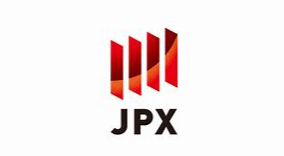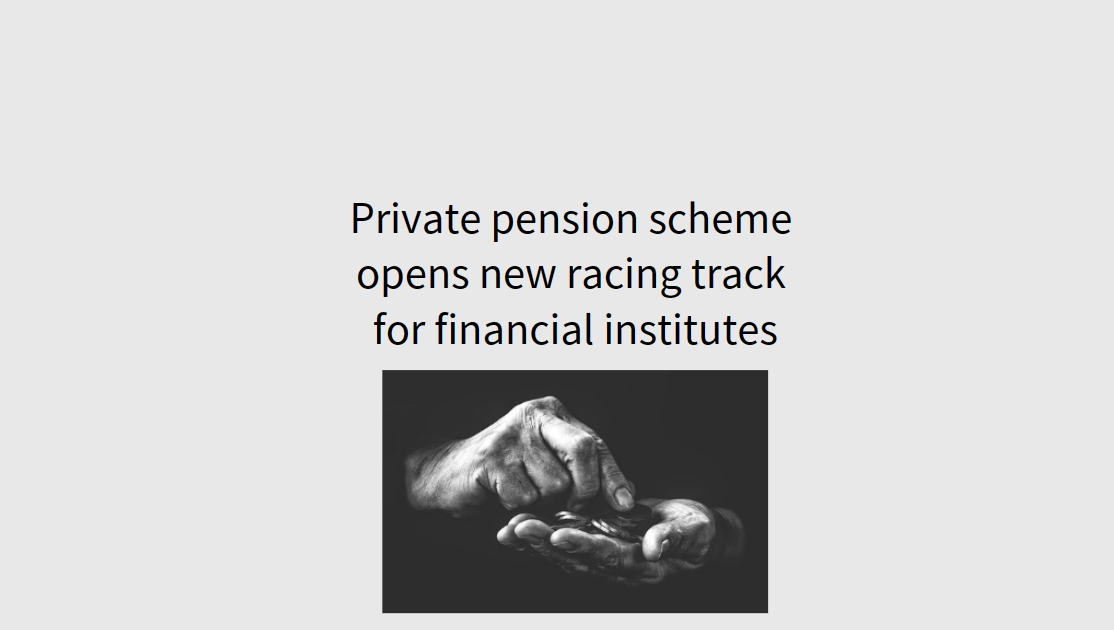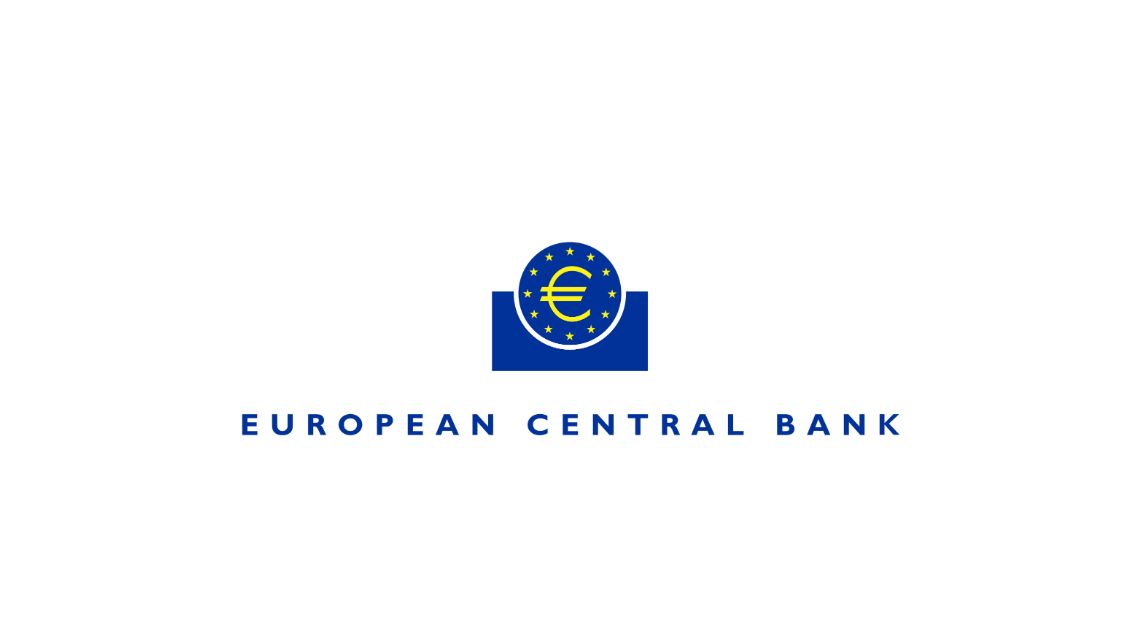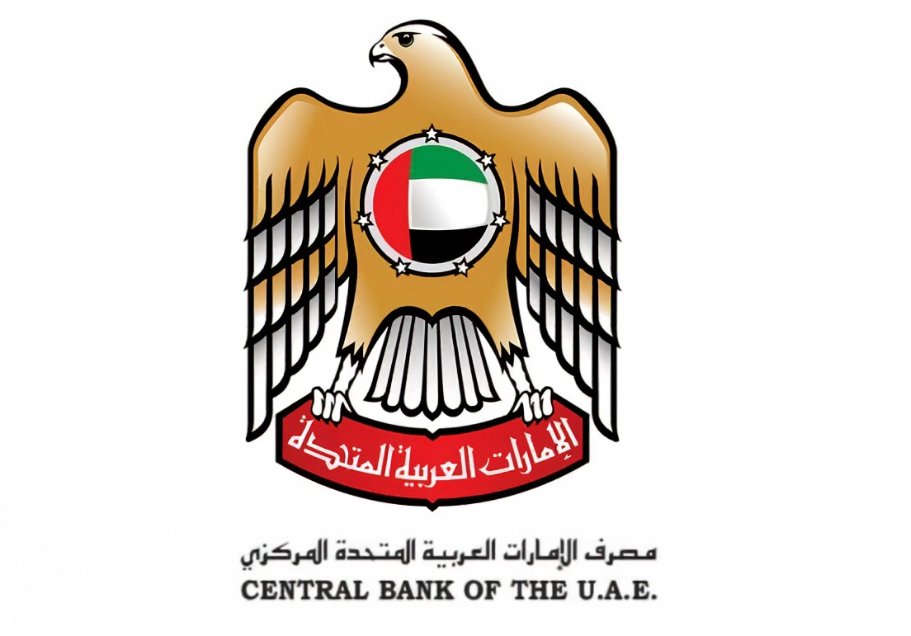Thailand Banking Sector Quarterly Brief (Q1 2025)
Summary
·The Thai banking system remains resilient with robust levels of capital, loan loss provisions, and liquidity.
·The banking system's profitability improved from the previous quarter.
·Nonetheless, there remains a need to monitor the prevailing tight financial conditions and the debt serviceability of businesses and households, particularly among vulnerable groups with slow income recovery and high debt burdens. In addition, it is crucial to closely monitor global trade policies and their potential impact on the financial positions of businesses and households, as well as the effectiveness of assistance measures under the “Khun Soo, Rao Chuay” program.
The Thai banking system remains resilient with robust levels of capital, loan loss provisions, and liquidity. In the first quarter of 2025, loan growth in the banking system (licensed banks and their subsidiaries) contracted by 1.3% year-on-year, primarily due to high level of debt repayments. While large corporate loans still expanded, SMEs and consumer loans continued to contract amid a high level of credit risks. While large corporate loans still expanded, SMEs and consumer loans continued to contract amid elevated credit risks. The banking system's NPL1 in the first quarter of 2025 increased to 548.1 billion Baht, resulting in an NPL ratio of 2.90%. The increase was mainly driven by SMEs and mortgage loans. In addition, the increase in NPL ratios for credit card and hire-purchase loans was attributed to a decline in the loan base. Stage 22 loans decreased, mainly due to debt repayments by large corporates, resulting in the Stage 2 ratio remaining stable at 6.97%. Nevertheless, commercial banks continued to provide assistance to borrowers and manage their loan portfolios. The banking system's profitability improved from the previous quarter, mainly due to lower operating expenses (particularly a seasonal decline in marketing expenses and IT expenses) and higher non-interest income (from investments and the revaluation of financial instruments). Meanwhile, net interest income declined following interest rate cuts.
Nonetheless, there remains a need to monitor the prevailing tight financial conditions and the debt serviceability of businesses and households, particularly among vulnerable groups with slow income recovery and high debt burdens. In addition, it is crucial to closely monitor global trade policies and their potential impact on the financial positions of businesses and households, as well as the effectiveness of assistance measures under the “Khun Soo, Rao Chuay” program. The household debt to GDP ratio in the fourth quarter of 2024 decreased from the previous quarter, driven by a slowdown in household debt. Meanwhile, the corporate debt to GDP ratio also decreased, mainly due to a slowdown in debt securities issuance. Overall profitability remained stable compared to the same period last year but declined from the previous quarter. This was supported by improved performance in the tourism-related services and manufacturing sectors, while the construction and real estate sectors faced pressure from weakening housing demand.
1. Gross non-performing loans (NPL or stage 3)
2. The ratio of loans with a significant increase in credit risk (SICR or stage 2)






















































First, please LoginComment After ~